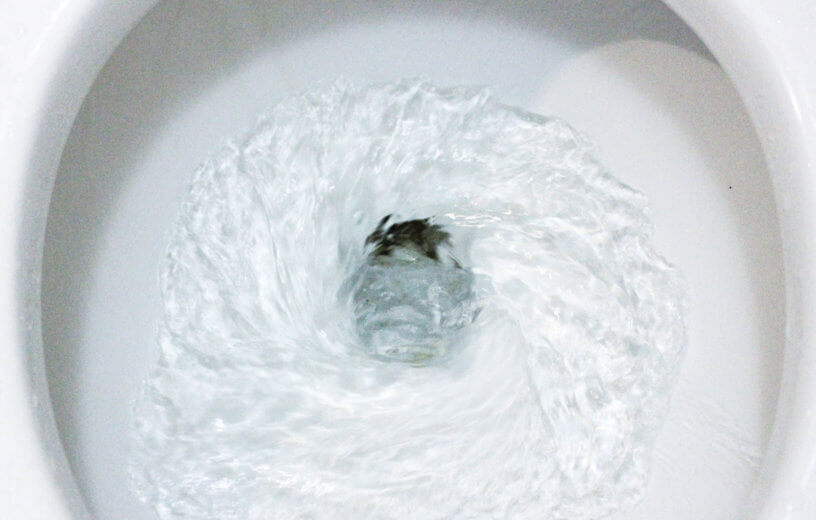EXETER, United Kingdom — Over the last year, health experts and governments have mainly focused on stopping COVID-19 from spreading through person-to-person contact. While infectious particles coming from the mouth and nose are one way to get sick, a new study warns the virus is also lurking in our wastewater. Researchers say there is a risk the public can be infected with COVID through sewage spills and water sources contaminated with feces.
A team from the United Kingdom and Poland have devised a system to calculate the risk for water-borne transmission of coronavirus. Their study evaluated the relative risk of exposure through sewage spills in 39 nations.
“It’s important to identify and break all viable transmission routes if we want to stop any future outbreaks,” says lead author Dr. Jamie Shutler from the University of Exeter in a release.
Study authors say they used environmental information, public infection rates, and water usage levels in their report. This data allowed the team to determine the viral loads likely to appear during a sewage spill in these countries.
There are other ways of catching COVID-19
While researchers say airborne droplets are the main route of coronavirus infection, other avenues for transmission exist. Previous studies have discovered COVID-19 in untreated wastewater. The viral levels also tend to reflect the population infection rates of those areas.
The team adds that there is documented evidence of other coronaviruses surviving in water supplies, especially in colder temperatures. While studies into COVID-19’s ability to survive in these environments are still in their infancy, researchers warn the virus is likely there too.
Who is most at risk of COVID in dirty water?
The study finds this issue will likely impact areas with large numbers of temporary settlements. These include shanty towns, favelas, and refugee camps — where sanitation is likely to be poor. Researchers say densely populated areas with high COVID infection rates are also the most likely to suffer from sewage problems.
The team contends that their system provides governments with a speedy way of assessing transmission risks in the event of a water treatment emergency.
“We hope that water companies or NGOs will use our simple spreadsheet calculator, that is freely available, to estimate the transmission risk after a spill. They can then use this information to advise the public,” Dr. Shutler concludes.
The study appears in the journal Environmental Science and Technology – Water.
